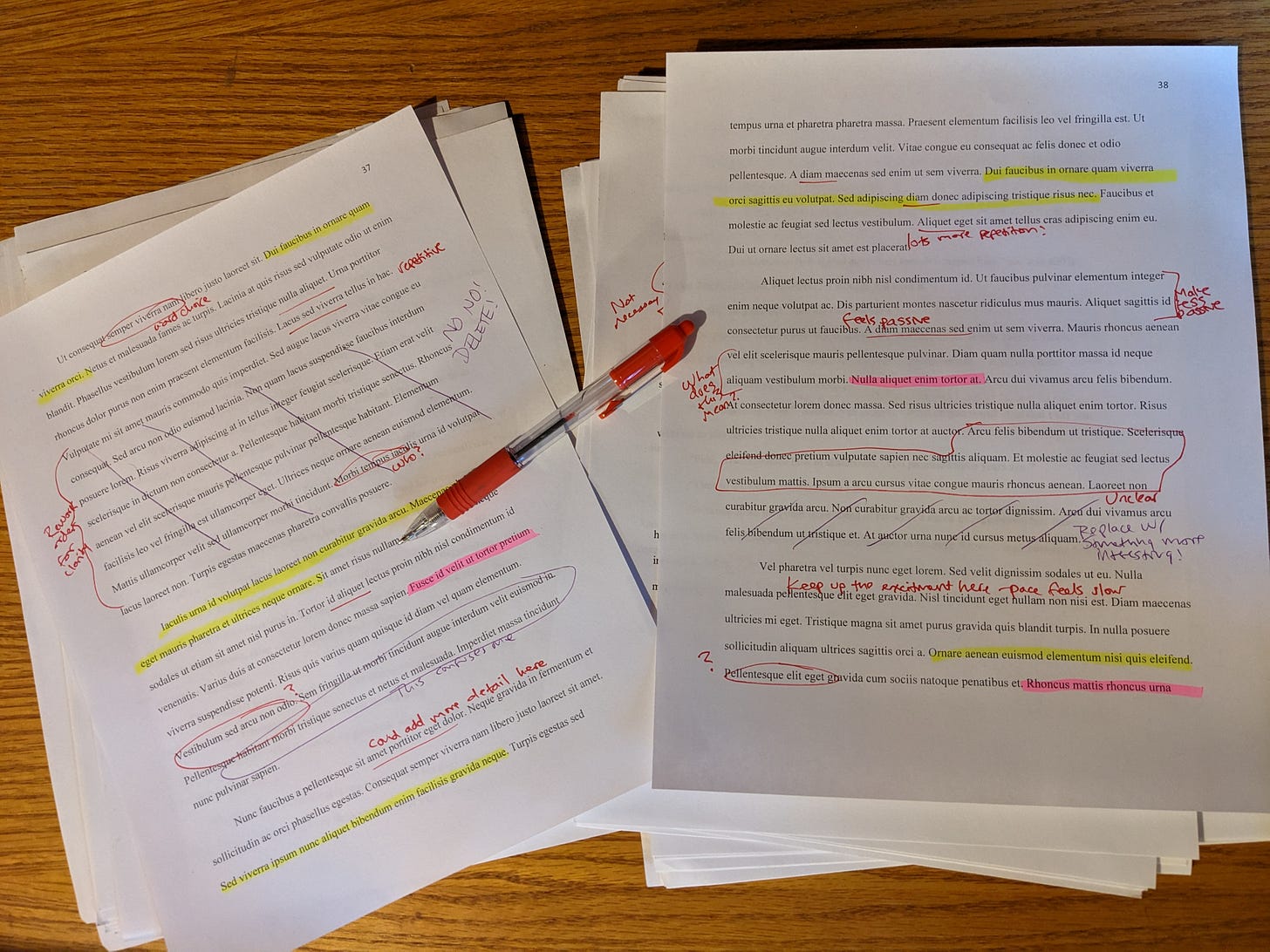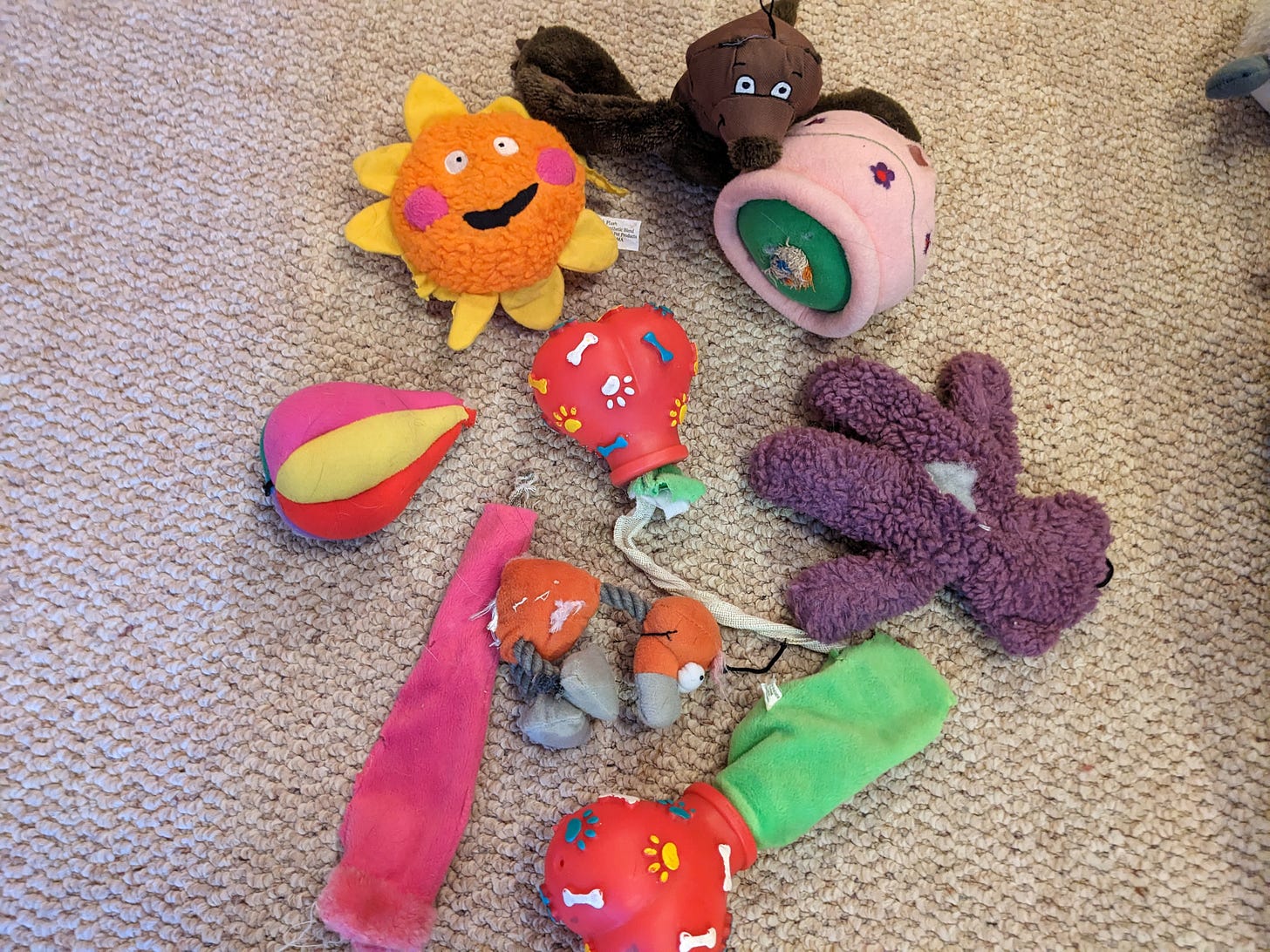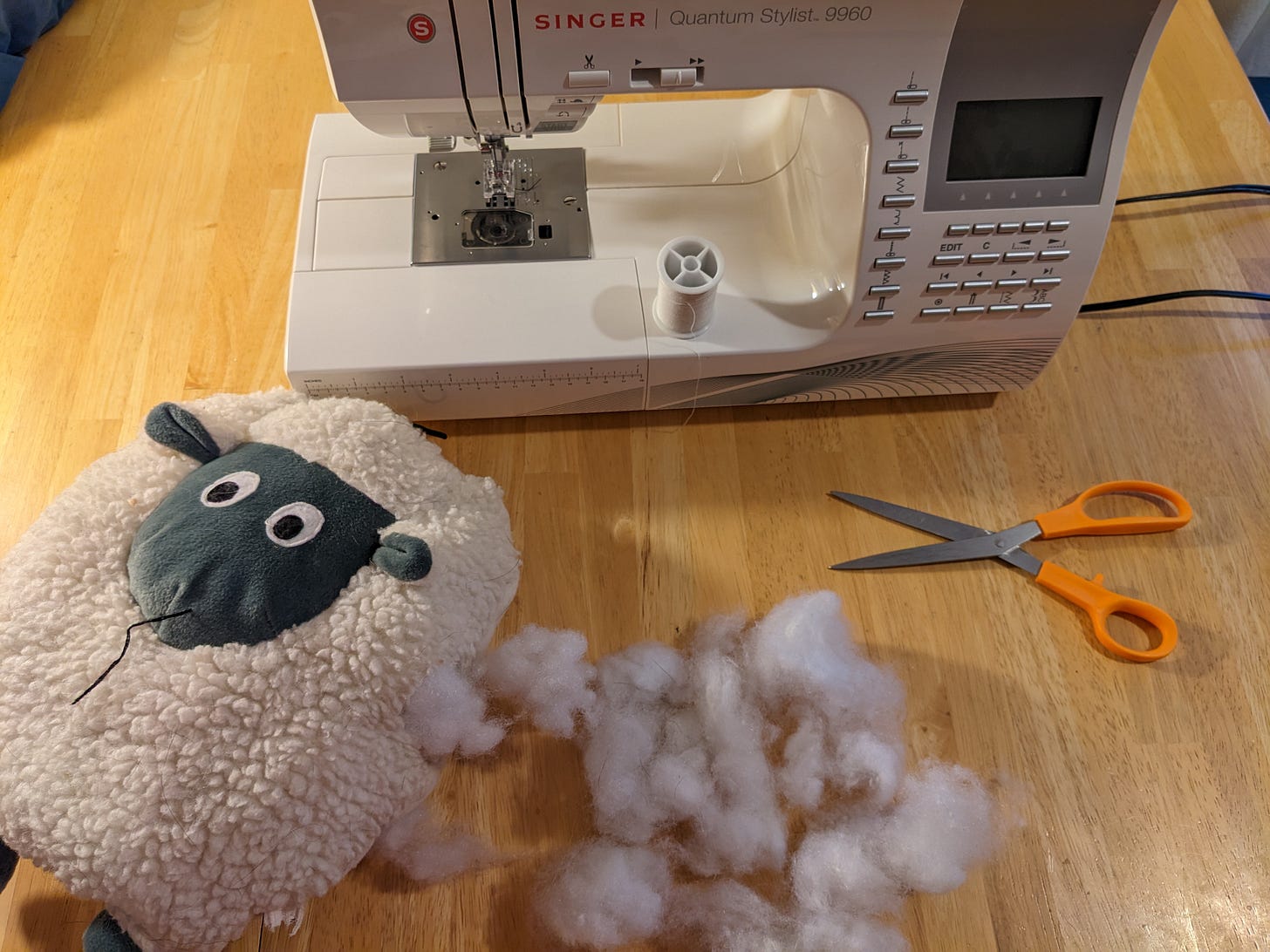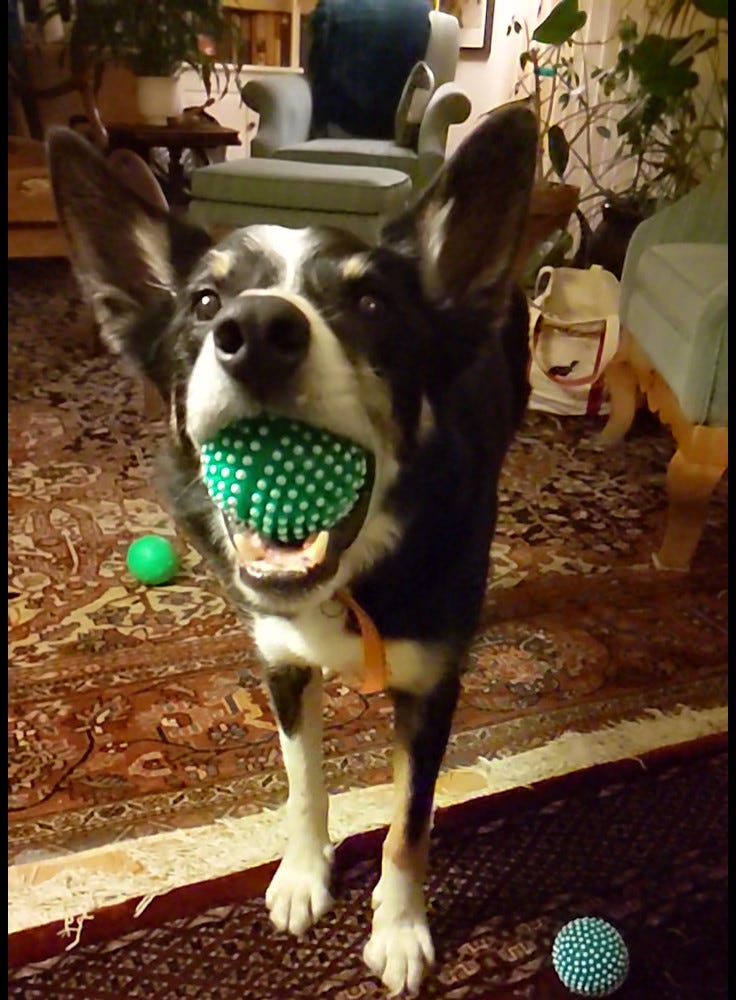Kill Your Darlings! All of us writers have heard the phrase countless times. It refers to one of the primary steps of revision: trimming the excess away from your manuscript, getting rid of unnecessary dialogue, long descriptions, excessive “telling” (rather than “showing”), superfluous scenes, redundant characters. Eliminating these things is fantastic because it helps you tighten your plot lines, increase clarity, and reduce word count, all at the same time.
But it’s hard. These sections that you wrote are called “darlings” for a reason. You’ve possibly spent hours tweaking a particular phrase to get it perfect, so its lyricism and insight will reverberate through your readers hearts and minds for eons to come. Or perhaps a section came to you all at once in a moment of genius inspiration. And it’s gorgeous. Profound. It’s everything wonderful—except that your editor or beta readers or critiquers think it’s in the way. It slows the pace. It’s inconsistent with everything else that’s going on in the story.
When I wrote my first Middle-Grade manuscript, it was far too long. 138,000 embarrassing words long, in other words! But even more embarrassing was that I wasted time lamenting to other writers and even professionals that there was no possible way I could shorten it. I’d already gone through multiple drafts, scouring for places that didn’t feel like they belonged. In what alternate universe could I ever whittle the thing down to the 50-65,000 word maximum expected for an MG fantasy? J. K. Rowling wrote long books—why couldn’t I?
Answer 1: Sorry, you’ve only got the one universe, as far as we know. And you’re not J. K. Rowling. You’re gonna have to deal with it.
Answer 2: If you’re a debut author trying to publish traditionally in this universe these days, you might be able to break a couple tiny rules, but not the Word Count Rule. Not until you’re superhero famous and people will greedily buy everything you write, even if it’s longer than Encylopedia Britannica.
Ah, if only I’d thought to look to my dog for answers. Dogs are absolute masters at killing their darlings. Think how many fluffy squeaky toys you’ve purchased over the years for your canine companion. And then think how many you’ve purchased again because the first one got destroyed. Sometimes I think dog behaviors have evolved purely to speed up the rate at which they can find a squeaker and eviscerate a toy to get it out. This also goes for the tag on the back of a toy, in my dog’s case (his favorite predatory activity, however, is giving the “death thrash” to his Bungee Ball).
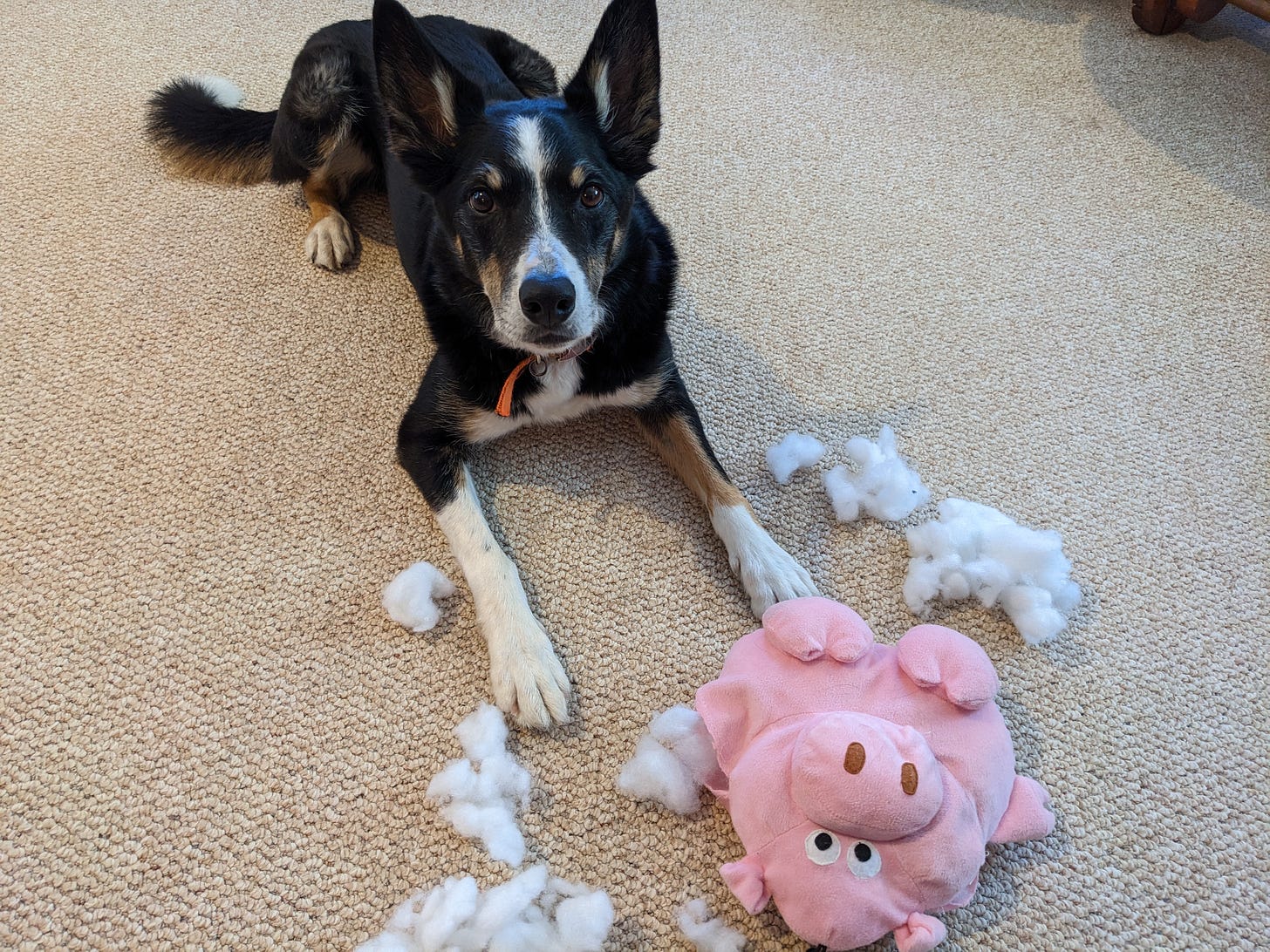
As a long-time dog owner, I’ve at last come up with some strategies for how to part with those ill-fated “toys” of yours (i.e., the parts of your story that people you respect have circled with a red pen, scrawling next to it either DELETE, Consider removing, or Necessary? depending on how tactful they felt like being).
1. INCINERATE. Sometimes there’s no hope for these toys because they’re so utterly torn apart. You have to throw them in the trash. This is akin to a phrase, scene, or character in your book that truly deserves to be deleted forever. Maybe you once thought it beautiful, but upon further examination you discover it’s actually full of cliches, stereotypes, repetitive language, and boring verbs. It’s so bad it’s not even fixable. Select and delete, the sooner the better. Like ripping off a band-aid. It can actually be fun, if you channel the joy your dog obviously feels in yanking out the stuffing and flinging it all over the living room. Does he show remorse? Generally not—merely satisfaction at a job well done.
2. RETAIN HOPE / SAVE FOR LATER. Some toys might survive the onslaught. Maybe they only have a tiny tear in them, and if you hide them for a little while, your dog will forget that he initiated the supernova process once long ago. I frequently snatch a toy from the jaws of death and hide it in the bottom of my dog’s toybox. Sometimes he ferrets it out again right away, but often he forgets about it for a while, allowing both of us to pretend it’s still alive, somewhere. This is similar to taking your lovely snippet of writing and storing it in its own little file. Call it Precious Fragments, Scenes for the Sequel, Deleted Info that I Cannot Bear to Part With, call it what you will, but something about knowing it’s still out there can make the process less painful.
3. FIX? I put a question mark here because I’m a terrible seamstress. Sometimes I’ll try to handstitch toys back together, but they never last very long. As for writing, fixing can work well if the extent of the damage was small and only requires some re-wording for better clarity, or a little bit of reduction to avoid repetition. But in my experience, large-scale fixing almost always shows up in the story as a patch job. If you have a character that’s not needed, for instance, no amount of alteration to their personality is going to rectify the situation.
4. USE ELSEWHERE. Occasionally, a toy survives against all odds and finds a new life—not as the toy it once was but as something new. My dog, for instance, has a particular talent for recycling squeaky balls that long ago lost their squeakers and are so broken they resemble nothing more than a tattered piece of plastic. He’ll mouth them back into a rough ball shape and hold them carefully so as not to destroy their faint likeness to a toy—even though he knows he can no longer play with them in any way but a gentle game of tug (note: I would never let him do this if he had any inclination to ingest bits of plastic). Just as I love how Tock can recycle his toys like this, eking every bit of life out of them, I adore finding a new home in my story for those favorite-but-dysfunctional phrases. With careful insertion into just the right place, whether it’s one or ten chapters later, you may be in luck at saving some of your darlings from annihilation in this way, too.
5. REPLACE WITH SOMETHING SHINY & NEW. When more than half of my dog’s squeaky balls have reached the broken-plastic phase, I take pity on him and get him a new one. Or two. Or three. This doesn’t stop him from playing with the bits of plastic (unless I subject those to Strategy #1), but he plays with the new ones more. This goes for writing, too. You can re-use phrases in different places all you want, but what do you do with the gap they left behind? Sometimes simple deletion doesn’t work. You need to come up with a new gem to put in its place. Just make sure to run it by your critiquers to see if they think it’s a keeper this time.
The final word of wisdom I’d like to part with is that nothing lasts forever. Not toys, not pet phrases. And the more you look at a selection of your writing, the more you or someone else is going to find wrong with it. Revision is a terrific tool—my favorite part of writing, actually—but there is such a thing as too much of it. Give your specially crafted phrases a round with your most trusted critique partners and professionals, and at some point … make the decision to accept that final version. Then there’s nothing left but do query / publish (topics for another day), and sit back and enjoy it!
Happy Tales!



